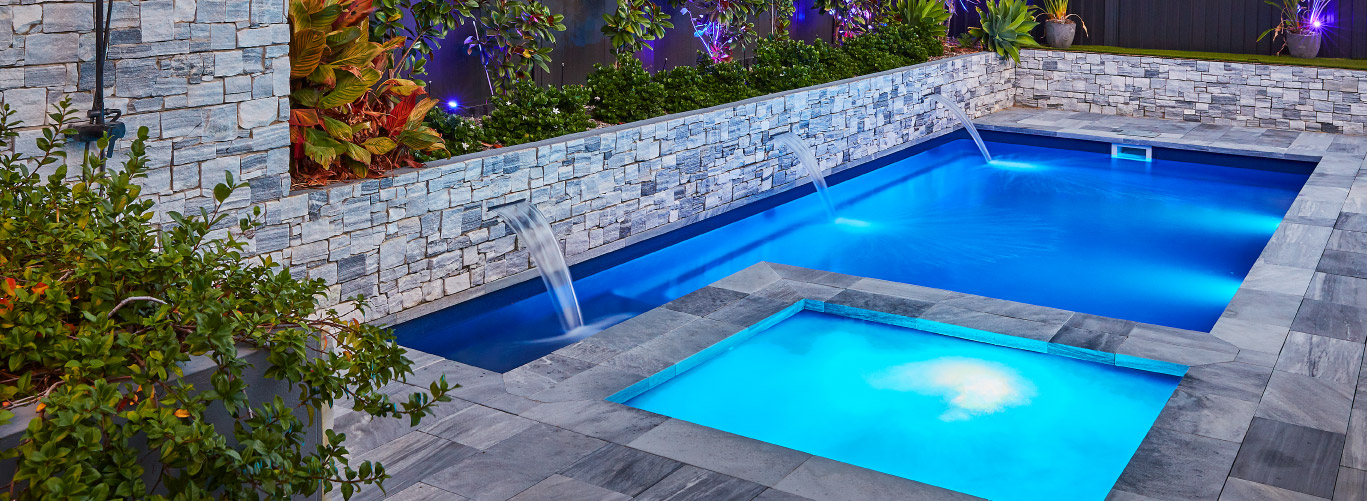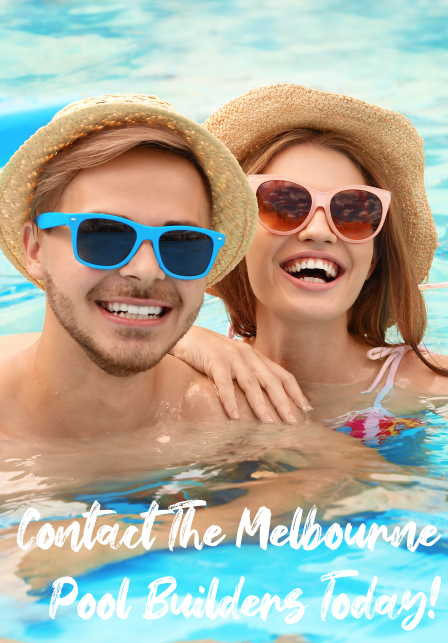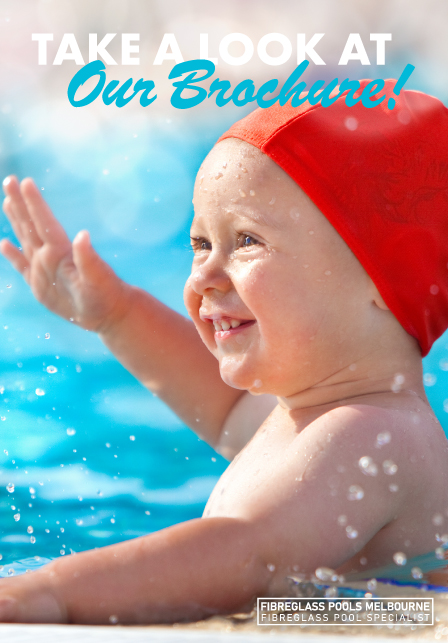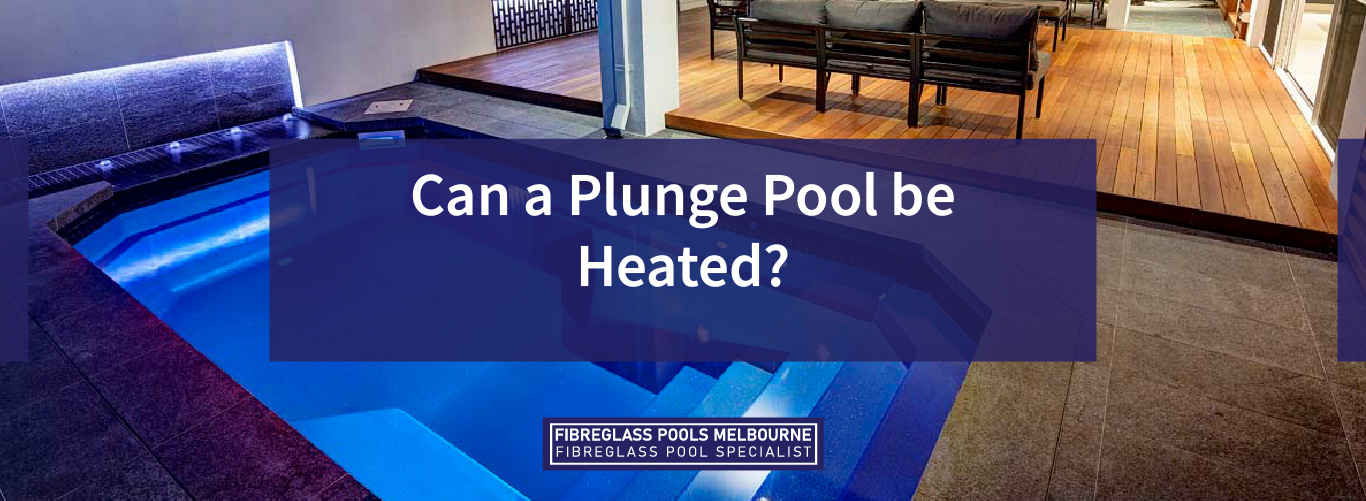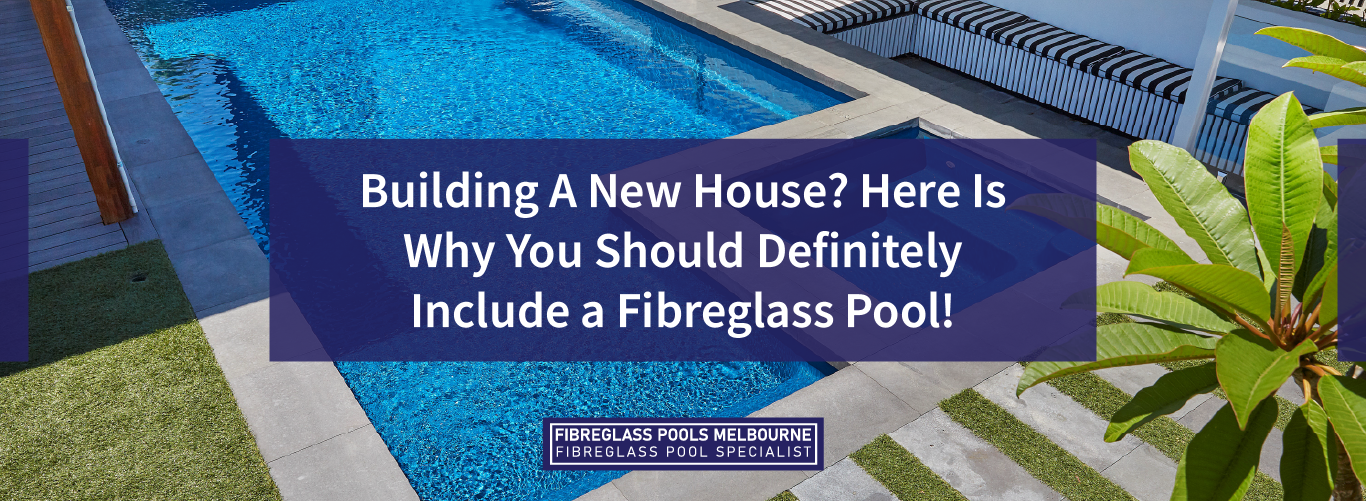Winter Pool Care: How To Keep Your Pool In Top Shape During The Cold Months
As the colder months approach, many pool owners assume that winter means less maintenance. However, neglecting your pool during winter can lead to costly repairs and a major clean-up when summer rolls around. Proper winter pool care ensures that your pool remains in excellent condition, ready for use as soon as the weather warms up. Whether you keep your pool covered or open during winter, following these essential maintenance steps will help you ensure that you may protect your investment.


1. Maintain Proper Water Balance
Even when you’re not swimming, it’s crucial to maintain the correct water chemistry. Balanced water prevents algae growth, scaling, and equipment damage.
- pH Levels: Keep your pool’s pH between 7.2 and 7.6.
- Alkalinity: Maintain levels between 80-120 ppm.
- Calcium Hardness: Keep calcium hardness levels between 200-400 ppm to avoid corrosion or scaling.
- Chlorine Levels: Even in winter, chlorine is necessary to keep bacteria and algae at bay. Maintain chlorine levels between 1-3 ppm.
Regularly testing your water (at least every two weeks) ensures these levels remain stable throughout winter.
2. Clean and Cover Your Pool
A good pool cover is one of the best investments for winter pool care. It protects your pool from debris, prevents evaporation, and reduces chemical loss.
- Before covering your pool, thoroughly clean it by removing leaves, dirt, and debris. Use a pool skimmer and vacuum to ensure it’s spotless.
- Brush the pool walls and floor to prevent algae and mineral build-up.
- Choose a high-quality pool cover that fits securely and prevents debris and excess water from entering the pool.
Regularly remove water and debris from the cover to prevent damage and sagging.


3. Keep the Pump and Filter Running
While you may not need to run your pool pump as frequently during winter, it’s still important to keep it running to prevent stagnant water and algae growth.
- Run your pump for 4-6 hours per day (instead of the 8-12 hours needed in summer).
- Backwash or clean the filter regularly to ensure it remains efficient.
If temperatures drop significantly in your area, run the pump overnight to prevent freezing in the pipes.
4. Add a Winter Algaecide
Algae can still grow in winter if water conditions are poor. To prevent an infestation:
- Add a long-lasting algaecide before covering your pool.
- Ensure the algaecide is mixed properly by running the pump for a few hours after application.
- Check the pool regularly for any signs of algae or cloudiness and adjust chemicals if needed.
5. Protect Pool Equipment and Plumbing
In regions where temperatures can drop near freezing, taking extra precautions to protect your pool equipment is necessary.
- Lower the water level slightly to prevent overflow from heavy rain.
- Drain excess water from pipes and pumps if freezing temperatures are a concern.
Store pool accessories like ladders, skimmer baskets, and toys indoors to prevent weather damage.
6. Check Your Pool Regularly
Even if you’re not using the pool, regular inspections help prevent minor issues from turning into major problems.
- Check the water level every few weeks to ensure it hasn’t dropped too low.
- Monitor chemical levels and adjust if necessary.
- Inspect the pool cover for any damage, sagging, or excessive water build-up.
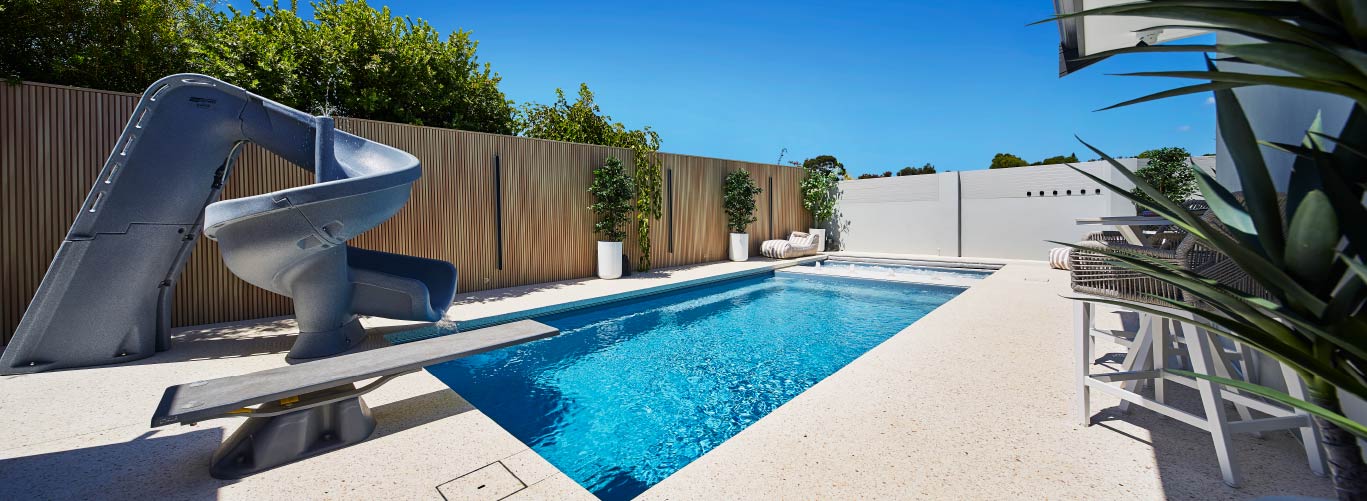

7. Plan for Rainwater Management
In many parts of Australia, winter brings increased rainfall. Too much rainwater can dilute chemicals, alter pH levels, and introduce contaminants.
- If your pool is covered, ensure proper drainage to prevent water accumulation on top of the cover.
- If your pool is uncovered, adjust chemicals as needed after heavy rain to maintain balanced water.
Consider installing a pool overflow system to prevent water from spilling over the edges.
8. Winter Pool Heating and Energy Efficiency
If you use your pool during winter, consider energy-efficient heating solutions to keep costs down.
- Solar pool covers help retain heat and reduce evaporation.
- Heat pumps and solar pool heaters offer energy-efficient ways to maintain water temperature.
Reduce heat loss by keeping your pool covered when not in use.
9. Preventing Pool Stains and Scaling
During winter, stagnant water and chemical imbalances can lead to staining and scaling on your pool surfaces. To prevent this:
- Use a stain and scale prevention product when preparing your pool for winter.
- Keep calcium levels balanced to prevent hard water deposits.
- Brush the walls and floor periodically to stop build-up before it starts.
- Ensure that the pool cover fits snugly, as improper coverage can lead to organic matter entering and staining the pool.
10. Maintaining Pool Safety During Winter
Even if you’re not swimming, pool safety should still be a priority:
- Ensure the pool cover is securely fastened to prevent accidental falls.
- If you have children or pets, consider installing a safety fence or alarm around the pool area.
- Regularly inspect walkways and surrounding areas for slippery surfaces caused by algae or moisture build-up.
Keep chemicals stored safely and away from children or pets.
11. Prepare for Spring Opening
Proper winter care makes spring opening much easier and faster.
- About two weeks before swimming season, start running the pump for longer periods.
- Remove and clean the pool cover thoroughly before storing it.
- Test the water and rebalance chemicals before swimming.
- Give the pool a deep clean using a vacuum, skimmer, and brush.
Conclusion
Taking care of your pool during winter is crucial for maintaining its longevity and reducing maintenance costs when summer returns. By keeping the water balanced, protecting equipment, and conducting regular checks, you’ll ensure that your pool remains in top shape all year round. A little effort during the colder months can save you significant time and money when it’s time to dive back in!
Winter pool maintenance doesn’t have to be a daunting task. By staying on top of these steps, you’ll be able to enjoy a pristine, problem-free pool as soon as the warmer months arrive. Investing in winter care not only extends the life of your pool but also ensures a hassle-free swimming season ahead.
Keep your pool winter-ready with tips for water balance, equipment care, and regular maintenance — ensuring a hassle-free reopening when warmer months return. Get a free quote from Fibreglass Pools Melbourne today!
























